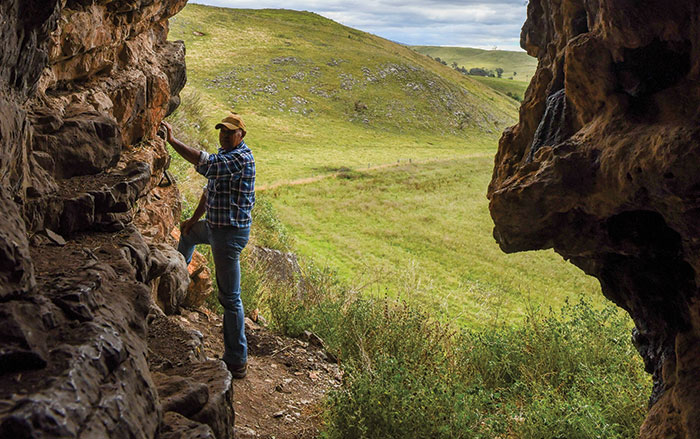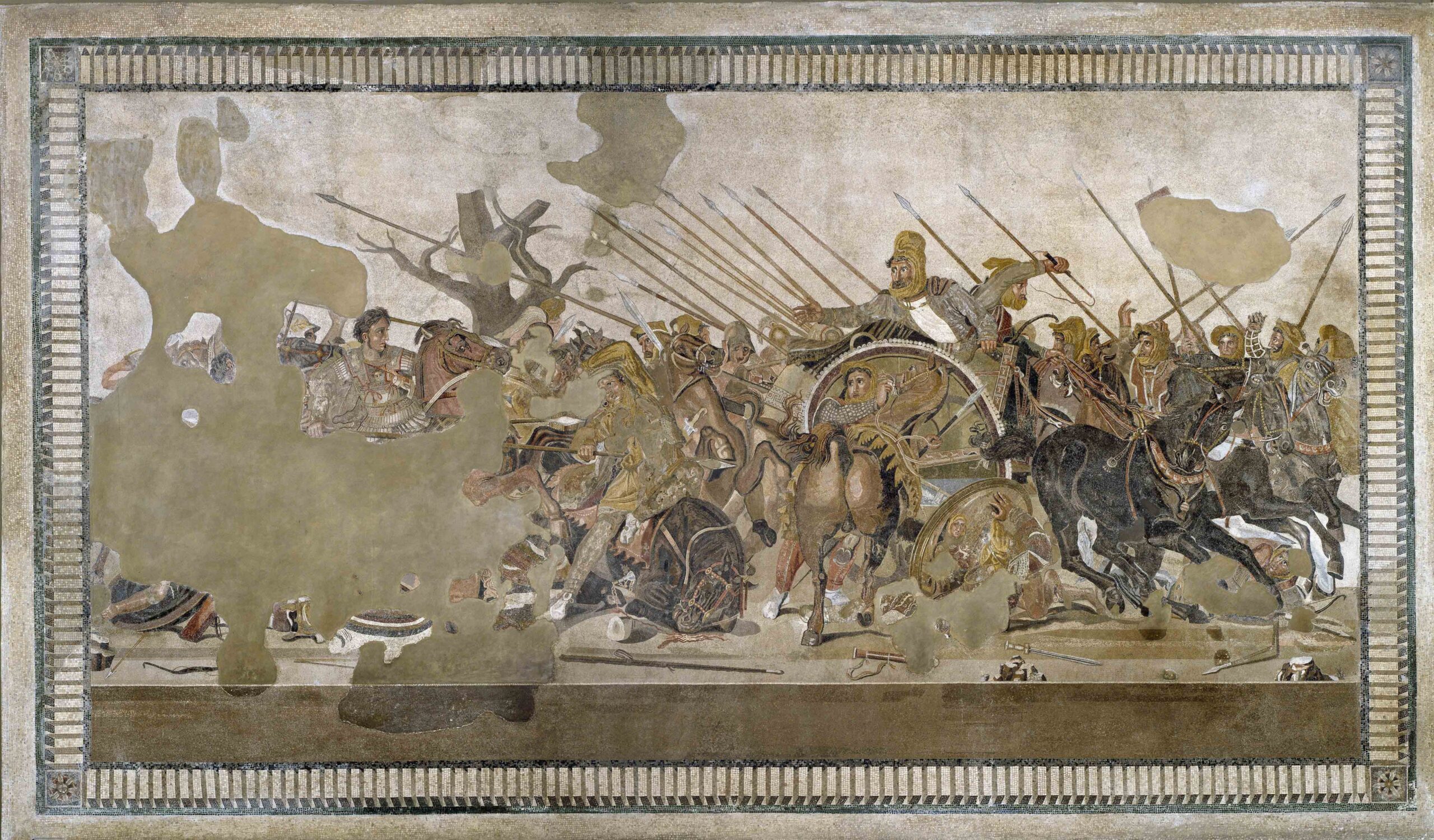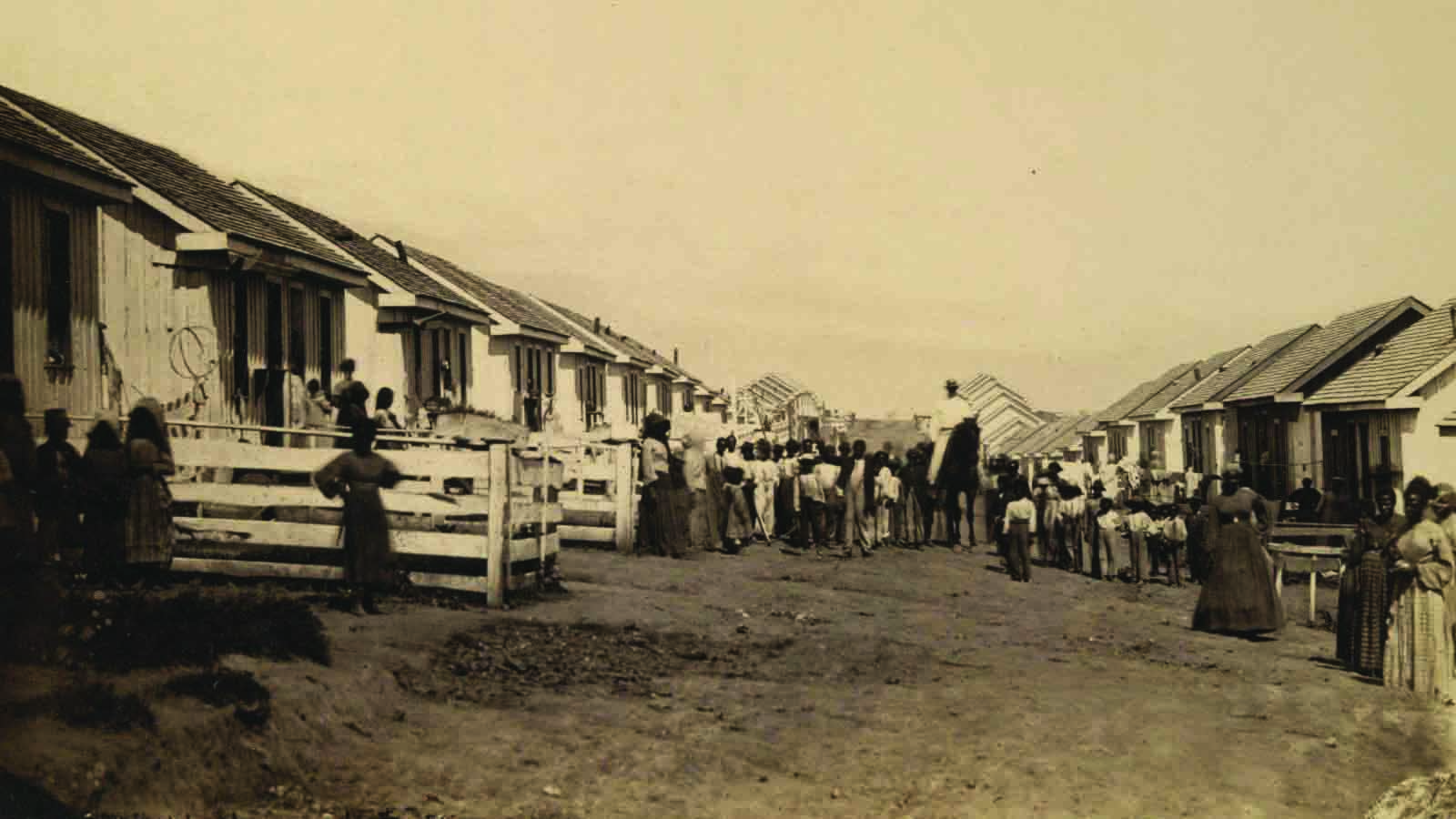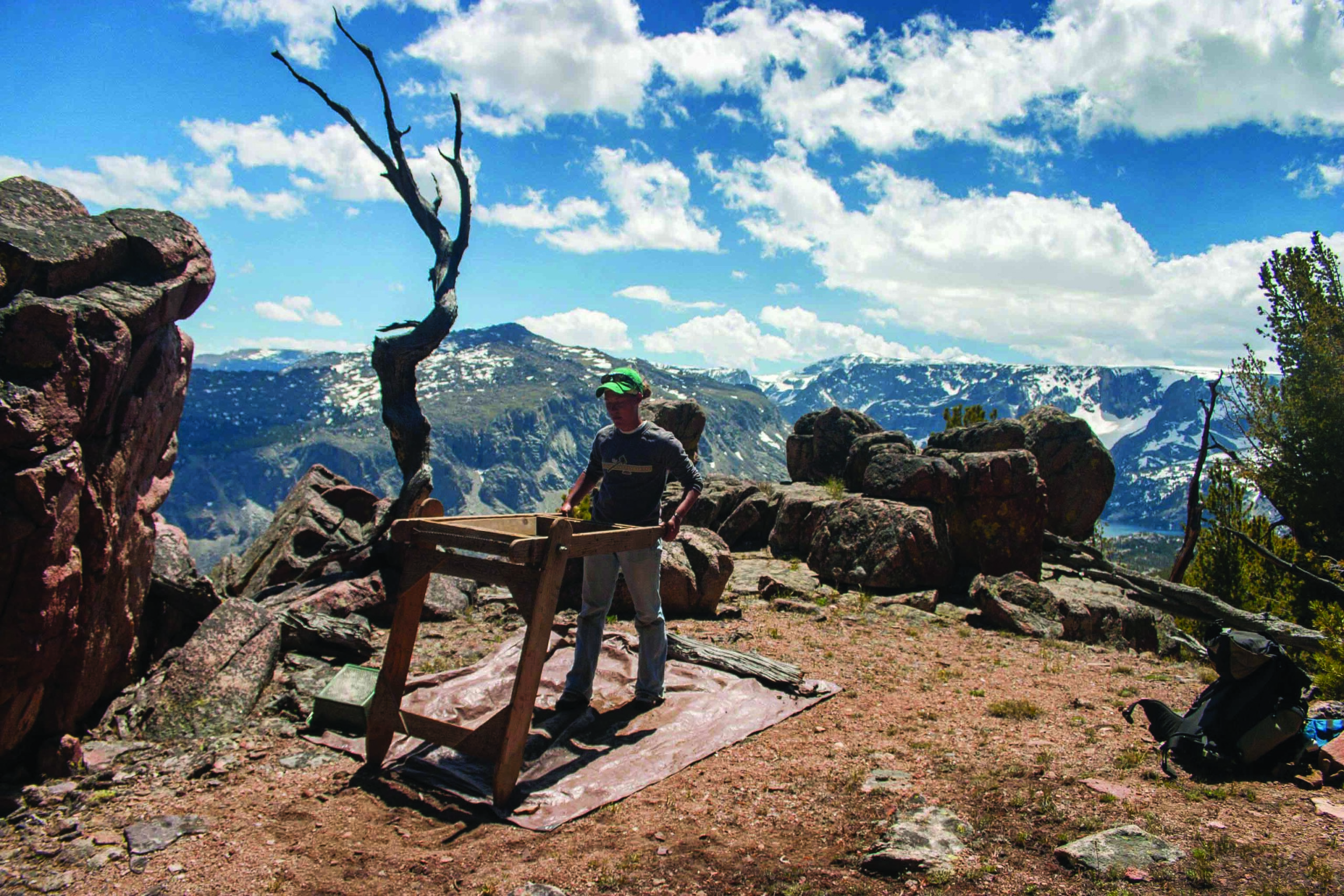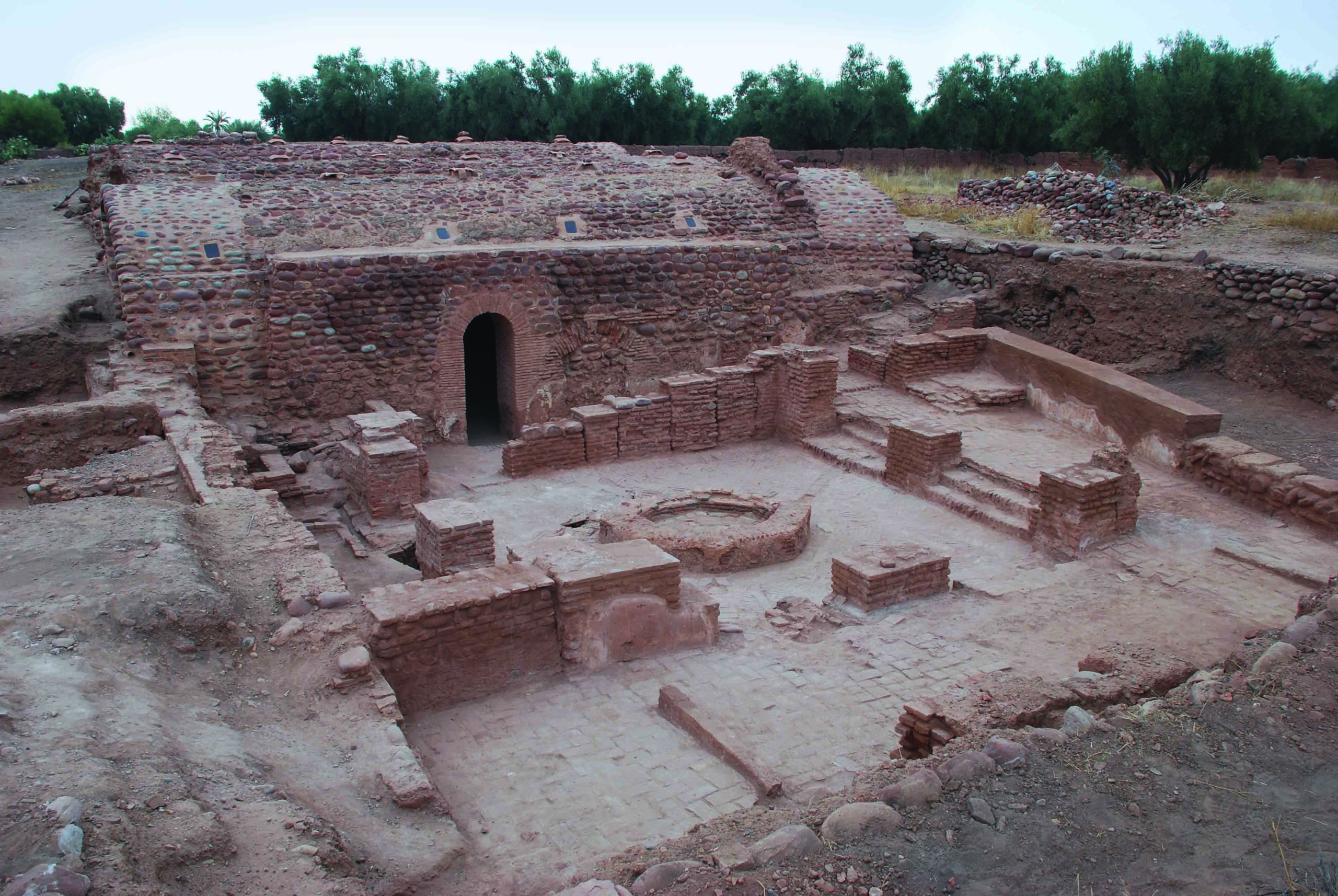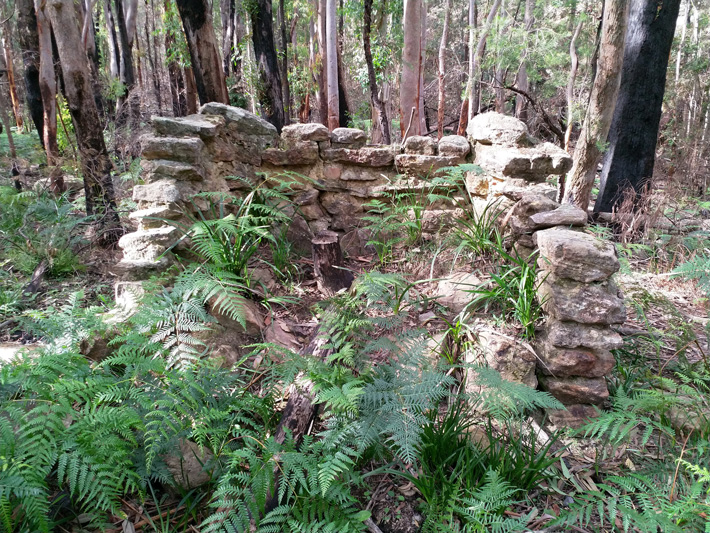
NEW SOUTH WALES, AUSTRALIA—Fires have revealed a miners’ camp in southeast Australia’s Jamison Valley, according to a report in The Blue Mountains Gazette. Researchers from Macquarie University were examining remains of industrial equipment that was used to haul shale out of the valley when New South Wales National Parks rangers alerted them to the presence of other structures and artifacts, including wall foundations, hearths, paving, corrugated iron roofing, ceramics, and glass that had been previously hidden by vegetation. Workers are thought to have lived in the camp from the 1880s until about 1914. Additional archaeological surveys, archival research, and the collection of oral histories from local community members are planned. “The aim is to give ‘flesh and voice’ to the people who lived and worked at this place,” said team member Lucy Taksa. To read about excavations at a women's mental health asylum in Tasmania, go to "Around the World: Australia."




